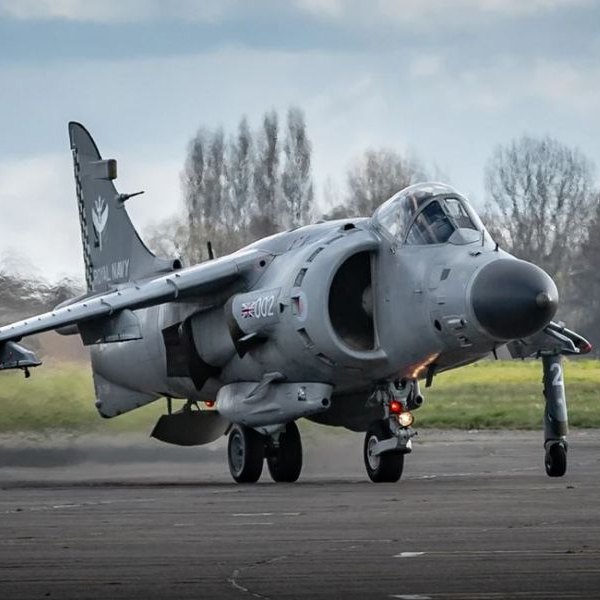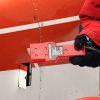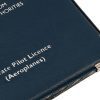Hawker Siddeley Harrier
The Hawker Siddeley Harrier, often referred to as the “Harrier Jump Jet,” is a family of versatile, vertical/short takeoff and landing (V/STOL) fighter jets developed by the British aerospace manufacturer Hawker Siddeley. Entering service in the late 1960s, the Harrier was a revolutionary aircraft, being the first operational military jet capable of vertical and short takeoff and landing. This capability allowed it to operate from unprepared surfaces, small airstrips, and even aircraft carriers, making it a key asset in various combat and support roles.
The Harrier’s innovative vectored-thrust technology and robust airframe have made it a pivotal aircraft in military aviation history. Used by air forces and navies around the world, it has seen action in numerous conflicts, including the Falklands War, where its performance cemented its reputation as a reliable and effective combat aircraft.
Description
The Harrier features a unique design centered around its vectored-thrust engine, which allows it to hover, take off, and land vertically. This capability is made possible by four rotating nozzles connected to its Pegasus turbofan engine, enabling thrust to be directed downward or rearward as needed. Its compact design and rugged undercarriage enable it to operate from improvised and austere locations.
The cockpit is designed with excellent forward visibility, featuring advanced avionics and a heads-up display (HUD). The Harrier can be configured for a wide range of missions, including air-to-air combat, ground attack, reconnaissance, and close air support. It is equipped with a variety of weapons systems, including bombs, rockets, missiles, and a 30mm ADEN cannon.
Specifications
| General Specifications | Details |
|---|---|
| Manufacturer | Hawker Siddeley |
| Role | V/STOL Multirole Combat Aircraft |
| First Flight | 1967 |
| Crew | 1 (Pilot) |
| Length | 46 ft 4 in (14.12 m) |
| Wingspan | 25 ft 3 in (7.7 m) |
| Height | 11 ft 8 in (3.55 m) |
| Empty Weight | 12,200 lbs (5,534 kg) |
| Max Takeoff Weight (MTOW) | 28,000 lbs (12,700 kg) |
| Engine | Rolls-Royce Pegasus 103 turbofan, 21,500 lbf thrust |
| Fuel Capacity | 7,000 lbs internal; additional with external tanks |
| Range | 1,400 nautical miles (2,590 km) with ferry tanks |
| Combat Radius | 300–400 nautical miles (555–740 km) |
| Cruise Speed | 540 knots (620 mph / 1,000 km/h) |
| Maximum Speed | 730 knots (840 mph / 1,350 km/h) |
| Service Ceiling | 51,000 ft (15,545 m) |
| Rate of Climb | 14,700 ft/min (75 m/s) |
| Armament | 30mm ADEN cannon, bombs, rockets, air-to-air and air-to-ground missiles |
Performance
The Harrier‘s performance is defined by its unique V/STOL capability and its versatility in combat roles. With its Rolls-Royce Pegasus engine, it can transition seamlessly from hovering to forward flight, making it highly maneuverable and adaptable. Its maximum speed of 730 knots and service ceiling of 51,000 feet ensure it remains competitive in both air-to-air and ground-attack missions.
The Harrier’s ability to take off from short or improvised runways and land vertically allows it to operate in environments where conventional aircraft cannot, giving it a significant tactical advantage. Its weapons systems and avionics enable precision strikes and close air support, while its rugged construction ensures survivability in combat.
20 Frequently Asked Questions (FAQs)
- What is the Hawker Siddeley Harrier?
The Harrier is a V/STOL fighter jet capable of vertical and short takeoff and landing, designed for versatile combat roles. - How does the Harrier achieve vertical flight?
It uses vectored thrust from its Rolls-Royce Pegasus engine, with four rotating nozzles directing thrust downward for hovering. - What is the Harrier’s role in combat?
The Harrier serves as a multirole aircraft for ground attack, close air support, reconnaissance, and limited air defense. - Who operates the Harrier?
It has been used by the UK, the US (as the AV-8 Harrier), India, Spain, and Italy, among others. - Is the Harrier still in service?
Many Harrier variants have been retired, but some countries, like India and Spain, still operate them in limited roles. - What is its maximum speed?
The Harrier can reach a top speed of 730 knots (840 mph). - Can the Harrier perform aerobatic maneuvers?
Yes, it is highly maneuverable and capable of complex aerobatic maneuvers due to its thrust-vectoring system. - What weapons can it carry?
The Harrier is equipped with a 30mm ADEN cannon, bombs, rockets, air-to-air, and air-to-ground missiles. - How much weight can it carry?
It can carry up to 8,000 lbs of weapons and external fuel tanks. - What is its combat radius?
The Harrier has a combat radius of 300–400 nautical miles, depending on its payload. - Can it operate from aircraft carriers?
Yes, the Harrier is designed to operate from small aircraft carriers and amphibious assault ships. - What makes the Harrier unique?
Its ability to hover, take off vertically, and operate from unprepared locations sets it apart from conventional jets. - How many variants of the Harrier exist?
Major variants include the GR.1/GR.3 (UK), AV-8A/B (US), and Sea Harrier (naval version). - What conflicts has it been used in?
The Harrier has seen action in the Falklands War, Gulf War, Afghanistan, and various NATO missions. - How much does the Harrier weigh?
Its empty weight is approximately 12,200 lbs, with a max takeoff weight of 28,000 lbs. - What is its range?
With ferry tanks, the Harrier has a range of 1,400 nautical miles. - What is its service ceiling?
The Harrier can operate up to an altitude of 51,000 feet. - How is the cockpit designed?
The cockpit features a heads-up display (HUD) and advanced avionics for precise navigation and targeting. - Can it hover indefinitely?
Hovering is limited by fuel consumption, as it uses a significant amount of fuel in hover mode. - What succeeded the Harrier?
The Harrier has been largely replaced by the F-35B Lightning II, which also has V/STOL capabilities.
The Hawker Siddeley Harrier remains an iconic aircraft in aviation history, celebrated for its revolutionary design and unparalleled versatility in combat and support roles. Its legacy endures as a symbol of innovation and adaptability.
Pages
- Aircraft For Sale | AFORS
- Blog
- Cart
- Cart
- Categories
- Cessna
- Checkout
- Checkout
- contact
- forget password
- home with Map
- How it Works
- Info
- LAA Aircraft
- listings
- Locations
- login
- My account
- My Account
- My Dashboard
- Orders Tracking
- Pick a New Password
- Pilot FAQ
- Pilot Shop
- Refund and Returns Policy
- Register
- Sample Page
- Shop
- Shop
- single listings
- submit-listing
- Terms of Services








